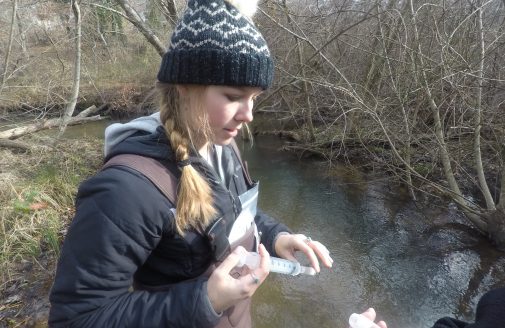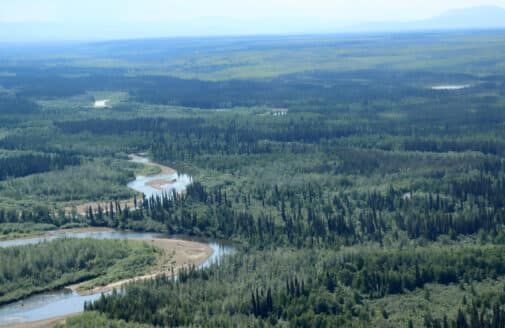TIDE Project reveals not all nitrogen is equal
New work provides insight into detrimental impacts of nitrate on saltmarshes
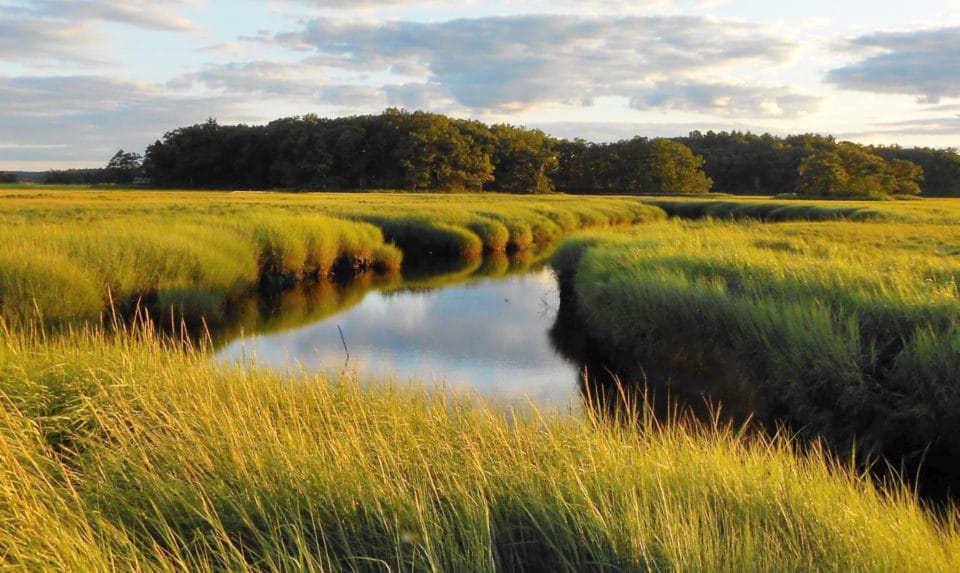
Above: This photo of West Creek at Plum Island by David S. Johnson (Virginia Institute of Marine Science) was featured on the cover of the December 2020 issue of BioScience.
For nearly two decades, the saltmarshes of the Plum Island Estuary have been poked, prodded, treated with nitrogen, and sampled as part of the TIDE Project, led by Woodwell’s Dr. Linda Deegan. The project’s unique combination of long-term monitoring and experimentation in a real-world setting has led to numerous important discoveries, including the surprising realization that excess nitrogen from human activities can contribute to physical deterioration of marshes and loss of fish production and (earlier this year) that marshes can rebound quickly once nitrogen pollution stops. Now, a new part of the project highlights the complexity of nitrogen’s impacts on marshes.
Nitrogen is a critical nutrient for all life, and primarily as ammonium is used as a fertilizer to stimulate plant growth. But septic systems, wastewater treatment plants, agricultural and residential fertilizer use, and other human activities have contributed to an overload of nitrogen in coastal ecosystems. The new work shows that the ultimate effect of the nutrient excess depends on the form of nitrogen, and offers new insight into the effects of nitrate (NO3-), the form of nitrogen that most easily travels from land to the ocean.
“While the TIDE project had demonstrated marsh deterioration with increased nitrate, this work explains why. Prior to this work, the expectation was that both nitrate and ammonium would stimulate both plant production and decomposition equally.” Deegan said. “This work showed that nitrate had a little impact on plant production but disproportionately fueled bacterial activity that can break down organic material in marsh soils.”
Understanding that different impacts of ammonia and nitrate could be key for managing coastal salt marshes—a critical issue for communities facing rising sea levels and increasing storm intensity.
“Understanding how salt marsh ecosystems will respond to global change drivers, such as nutrient enrichment and sea level rise, requires expertise across a range of disciplines,” said lead author Dr. Jennifer Bowen of Northeastern University. “Our team includes biogeochemists, microbial ecologists, and people specializing in plants, invertebrates, and fisheries species that all shed light on different aspects of the whole ecosystem response to these disturbances.”
The TIDE Project is funded by the National Science Foundation.
Latest in Water
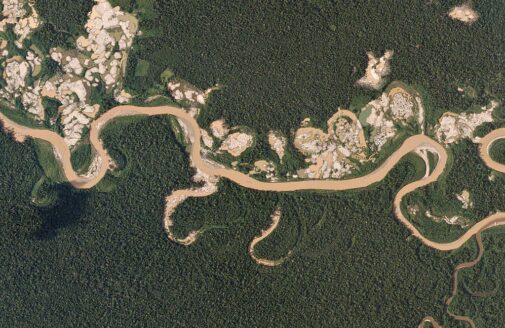
- In The News
Gold mining causes long-lasting damage in the Amazon rainforest
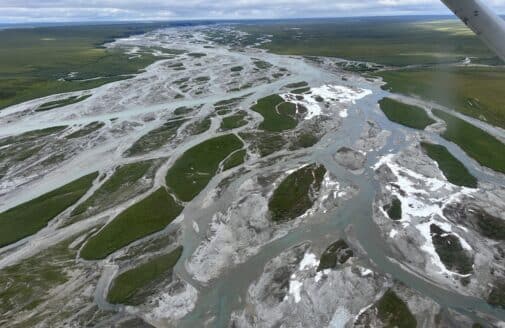
- In The News




